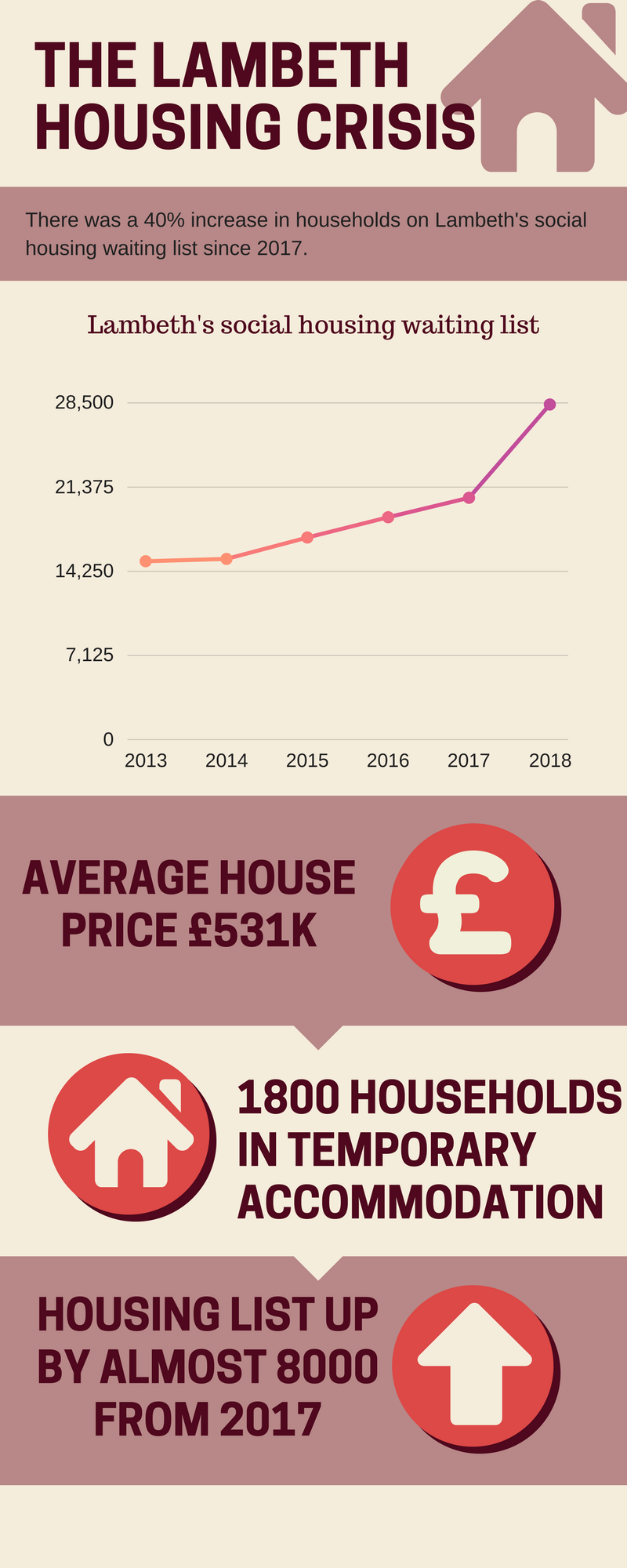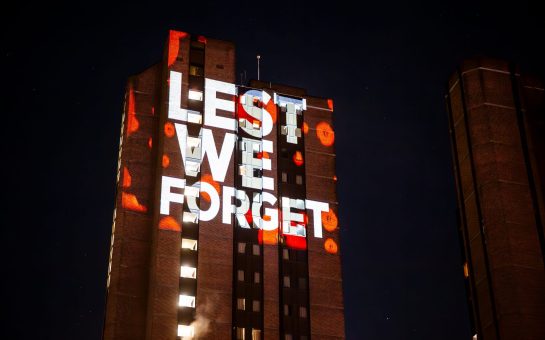Lambeth’s number of applicants waiting for social housing rose by nearly 40% since 2017.
The borough’s housing register grew to 28,332 this year according to the council, a rise of almost 8,000 from 2017 when the size of Lambeth’s waiting list was second only to Newham in London.
A founding member of Lambeth Housing Activists, Pilgrim Tucker, said the housing crisis is driving people to look for houses outside of the areas they call home.
She saidd: “There are communities in London and what’s going on is really breaking them up.
“Children can’t live near their families; people have to move out of London.
“Parents with their kids have to move hundreds of miles away from their support networks, their jobs, their friends and their families.”
Ms Tucker, who worked with Grenfell residents in 2015 and is about to begin a PhD in housing at the Open University, said that the main causes for the growing waiting lists in Lambeth are a lack of social homes, and the unaffordability of housing.
This comes after an FOI request made to the Labour-run council by Brixton Buzz found that only 17 council houses with secure tenancies had been built since 2014 – despite Labour’s claim of having built 950 homes in that time.
People are so desperate to get housing that they commonly don’t like to speak out about it, Ms Tucker, 47, said.
“Everybody’s too scared to talk about it, because if they are in the middle of a case with the council they feel like they’ll be punished for sticking out.
“If there’s any chance of getting housing, then they’re just really worried that if they speak out that the council officers won’t help them so much and will become more hostile to them,” she said.
She added: “What my impression of this council is, they think they’ve got working class voters who will never vote for anybody else except for labour and they just completely neglect them, and so they pitch themselves to middle class and upper-middle class.”
The council set up Homes for Lambeth in 2015, which aims regenerate low-density housing estates that were built in the 1960s and 70s by essentially demolishing and rebuilding them to larger capacity.
Not all of the seven estate regeneration projects have been met with public approval, with the council meeting particular traction over the redevelopment of Cressingham Gardens on Tulse Hill, which will displace many families.
Lambeth council’s policy and communications manager, Michael Stringer, said: “There are people who complain about estate regeneration.
“They understandably like their home but we have to provide more homes on the waiting list.
“People can wait years for houses and sometimes they never get them.
“The only logical solution is to build more council homes and get more safe council accommodation.”
According to Lambeth’s Housing Strategy 2017-2010, the average house price in the borough is set at around £531k, and the number of families needing temporary accommodation was at 1,800 last year – including almost 5,000 homeless children.
Mr Stringer claimed that they were on the same side as the public and realise that there is a housing crisis, but that there is only so much that can be done at council level.
He said: “People essentially want the same things: better homes for people to live in, better homes to be built.
“We are completely open about that.”
Today’s council elections are likely to see Lambeth remain red, after Labour picked up a staggering 59 seats out of the 63 available in the 2014 elections.





